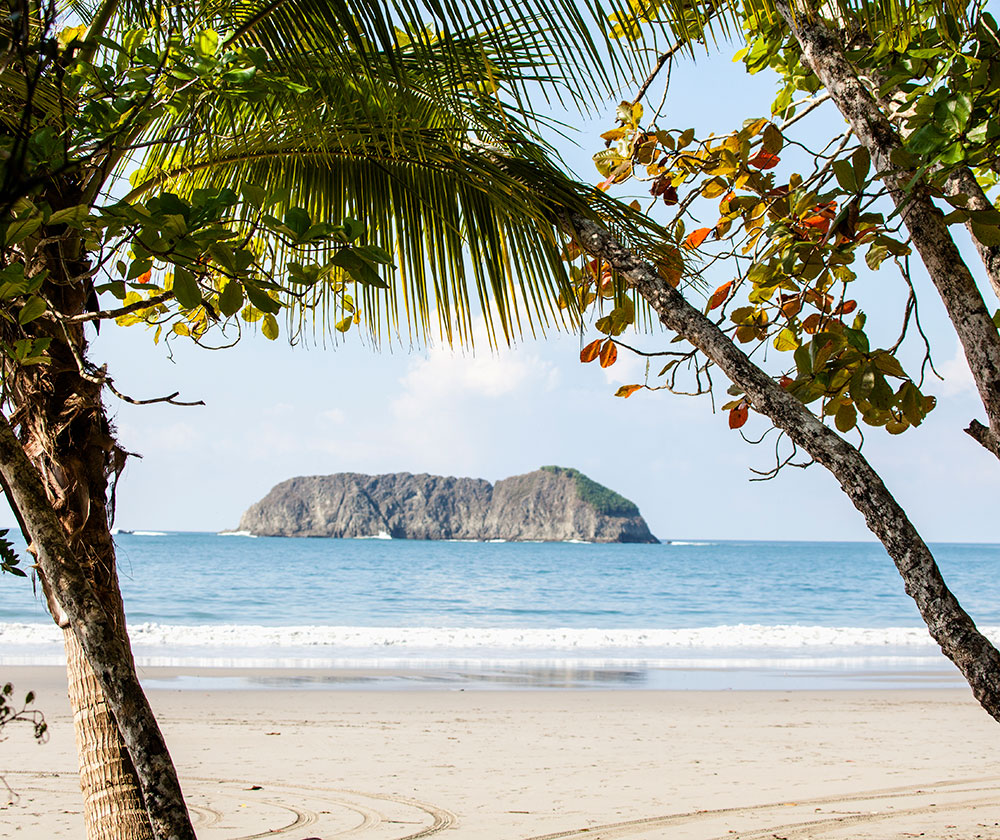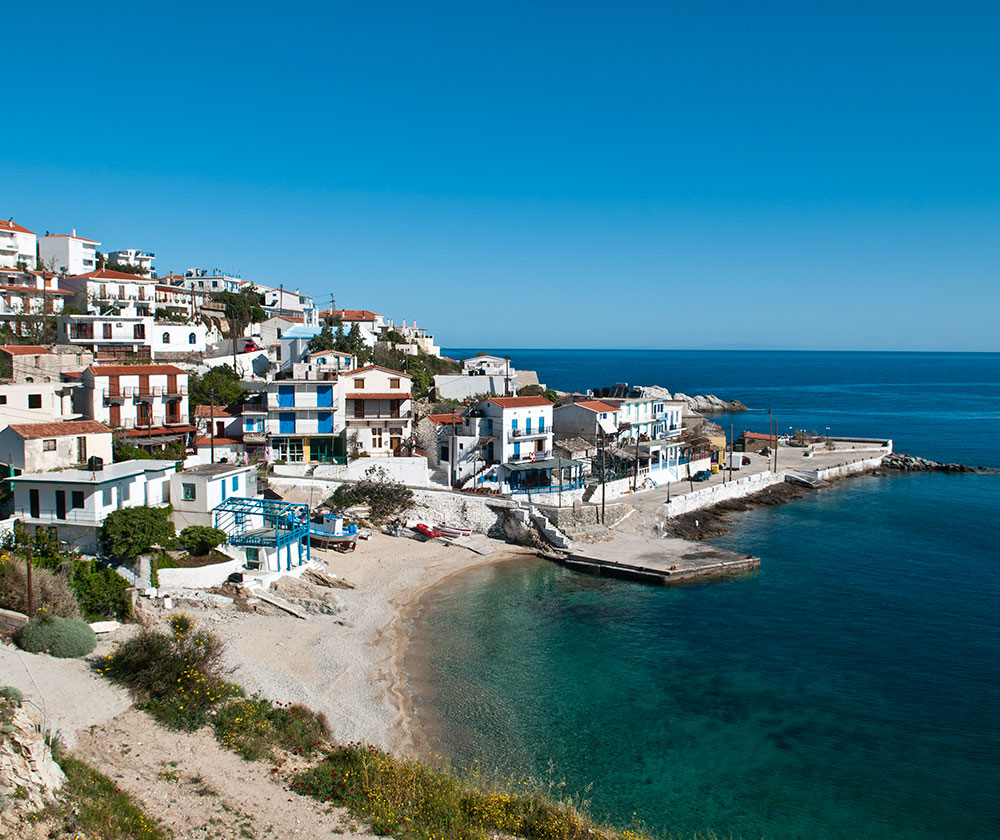In our modern culture, it can often feel like we're prescribed a laundry list of items in the pursuit of "wellness"—to work out for X amount of hours a week; to cut out certain foods; to work incredibly hard but also find the time to meditate every day.
But if we actually took a look at some of the areas of the world where people are truly living long, healthy lives, we might find that their approach to wellbeing is a bit different: less of a to-do list, and more of a way of life. It's walking and gardening instead of hitting the gym. It's enjoying local foods with a glass of wine, and viewing friendship as a sacred priority.
The term “Blue Zone” is used to describe five regions across the world where residents reportedly live much longer than the global average. It was first popularized by bestselling author and National Geographic Fellow Dan Buettner, who has partnered with demographers to compile much of the data around the quality of life in these regions, along with some of the commonalities these populations share. (1)
And that’s something worth noting right off the bat. While these Blue Zones span five countries and four continents, their residents do have several healthy lifestyle habits in common—from some of the foods they eat to their outlook on life. Could these possibly serve as clues to longevity? Let’s dig in.
Blue Zone #1: Sardinia, Italy

This mountainous island on the Mediterranean doesn’t just boast an incredibly picturesque setting—it’s also home to one of the highest proportions of centenarians in the world, specifically men. (In most regions across the world, women tend to outlive men.) (1,2)
In addition to walking a few miles every day, Sardinians eat a largely plant-based diet of whole grains, beans, local vegetables and fruits. And it’s worth mentioning that this is Italy: Wine is a staple of the cuisine (in moderation, of course). Sardinians enjoy a variety that’s particularly rich in polyphenols—antioxidant-rich micronutrients that scientists have linked with health benefits. (3)
Blue Zone #2: Okinawa, Japan

This group of islands off the coast of Japan is home to some of the longest-living women in the world. One particularly noteworthy custom of Okinawan culture is its heavy emphasis on social interaction: Residents are placed into social networks called moai as young as 5 years old, which offer a lifetime safety net of financial and emotional support. Buettner suspects that this emphasis on lifelong friendship mitigates some of the stress that can undercut longevity. (1,4)






